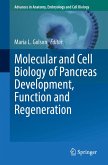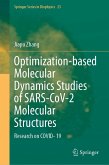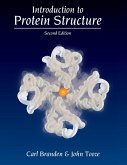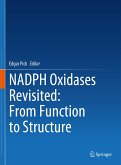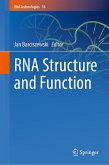Volume 7: Molecular and Computational Modeling of Cardiac Function Editor Thomas Jue, PhD
In Molecular and Computational Modeling of Cardiac Function, a group of prominent professors and researchers explain the fundamental concepts of molecular modeling and illustrate the biomedical applications. The book covers the following topics:
- Principles of atomistic modeling and simulation of biomolecular systems.
- Using atomistic modeling to predict the cardiotoxicity of an arrhythmia drug molecule.
- Bifurcation phenomena in cardiac system as control design of automaticity and arrhythmia.
- Modeling the role of myoglobin as a fatty acid transporter.
- Population-based computational approaches to investigate cardiac arrhythmia.
About the Editor
Thomas Jue is Professor of Biochemistry and Molecular Medicine at the University of California Davis. He is an internationally recognized expert in developing and applying magnetic resonance techniques to study animal as well as human physiology in vivo and has published extensively in the field of magnetic resonance spectroscopy and imaging, near-infrared spectroscopy, bioenergetics, cardiovascular regulation, exercise, and marine biology. He served as a Chair of the Biophysics Graduate Group Program at UC Davis, where he started to redesign a graduate curriculum that balanced physical science/mathematics formalism and biomedical perspective and has continued to promote interdisciplinary interest at the interface of physical science, engineering, mathematics, biology, and medicine. The Handbook of Modern Biophysics represents an aspect of that effort.
Dieser Download kann aus rechtlichen Gründen nur mit Rechnungsadresse in A, B, BG, CY, CZ, D, DK, EW, E, FIN, F, GR, HR, H, IRL, I, LT, L, LR, M, NL, PL, P, R, S, SLO, SK ausgeliefert werden.
Hinweis: Dieser Artikel kann nur an eine deutsche Lieferadresse ausgeliefert werden.



